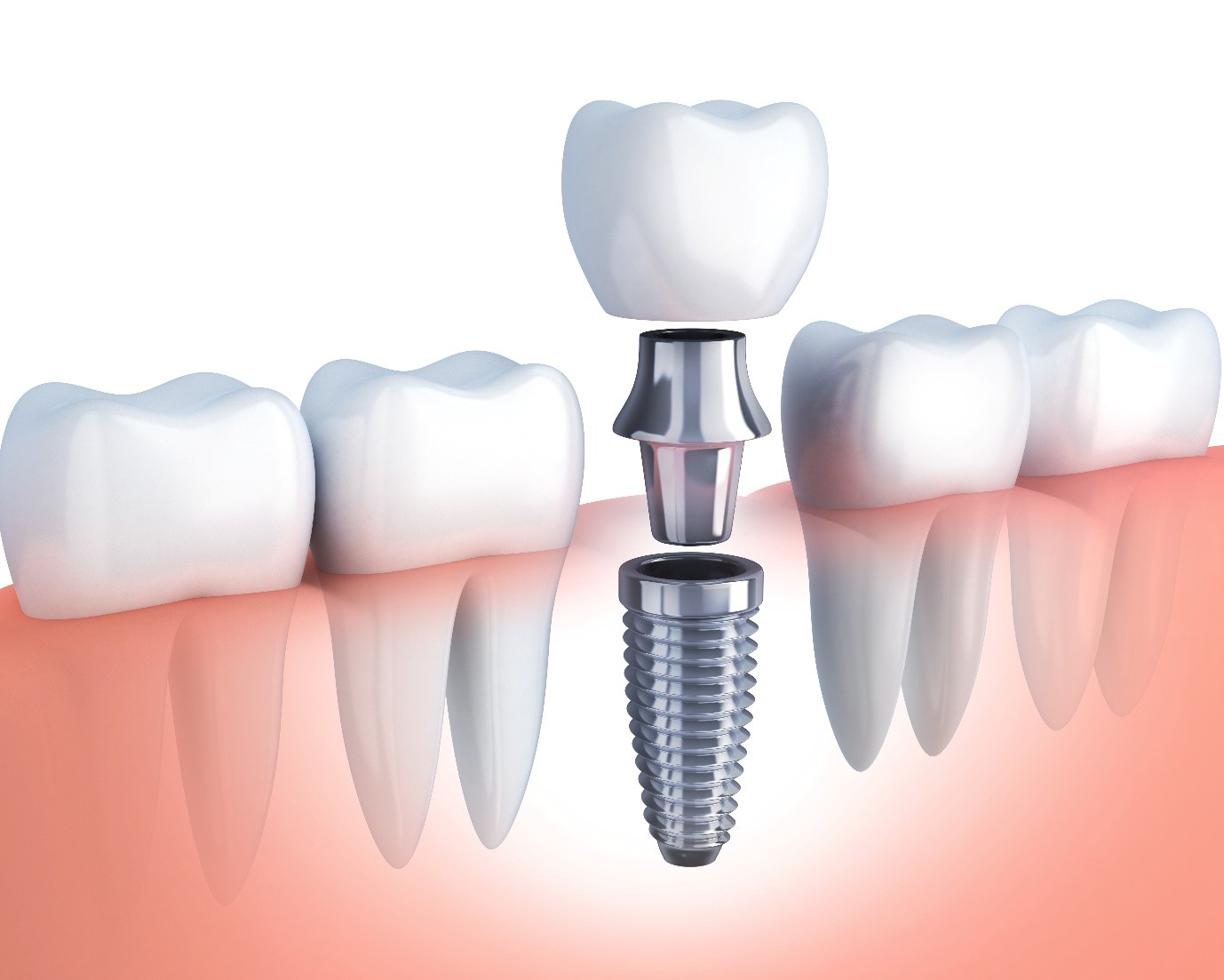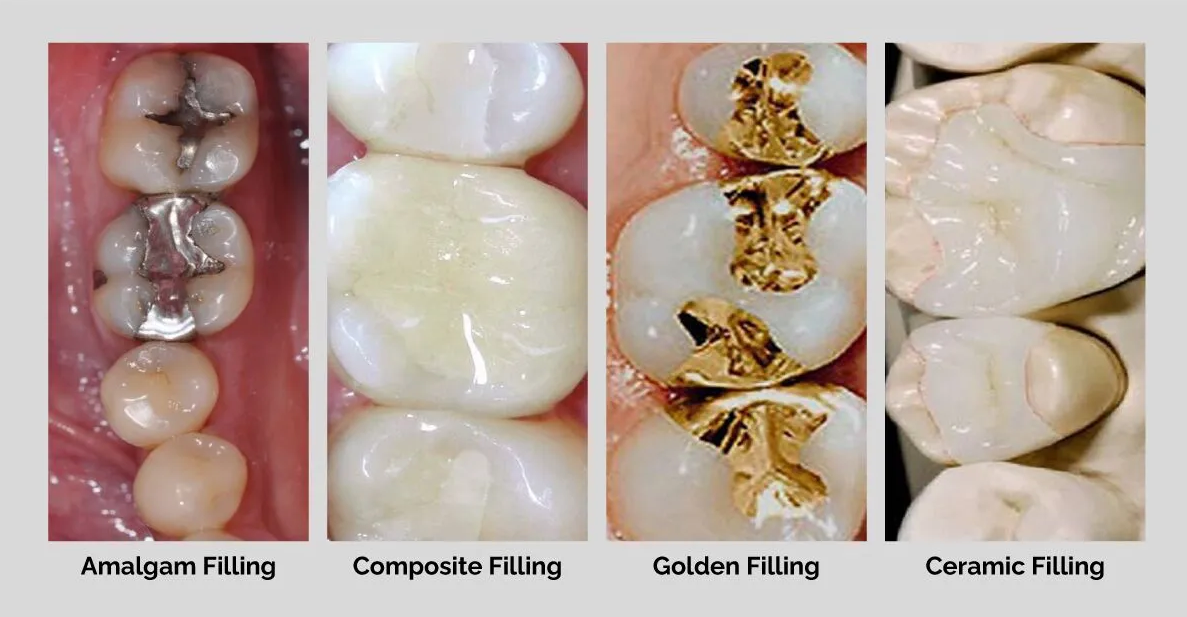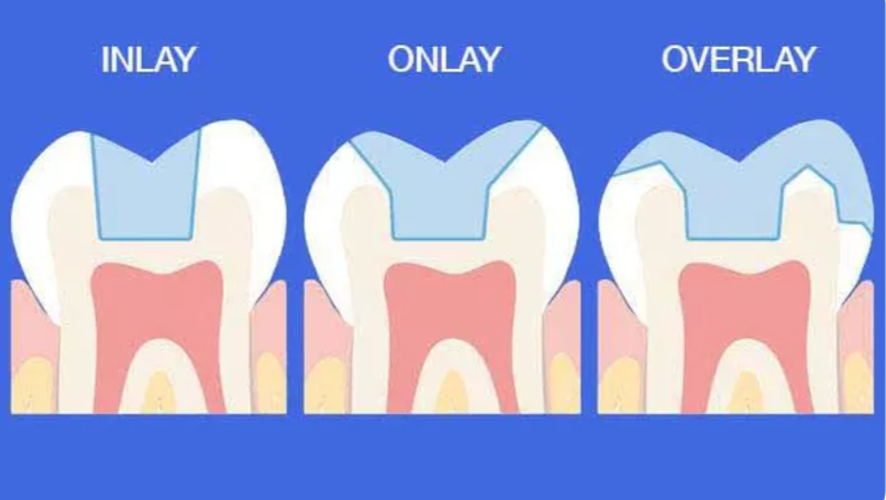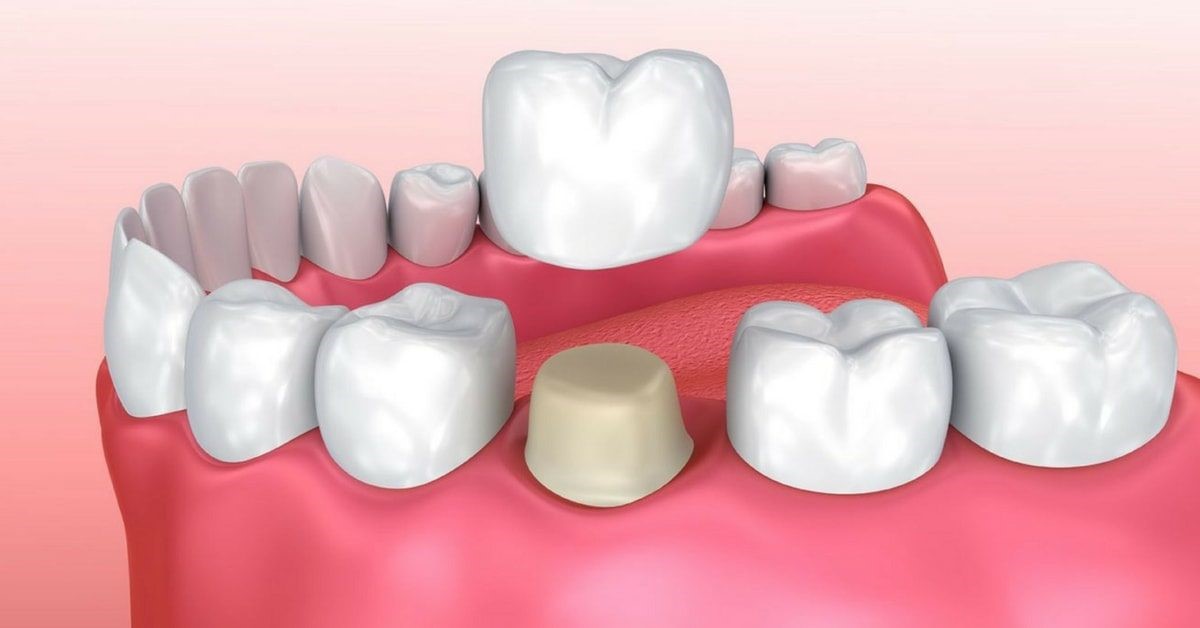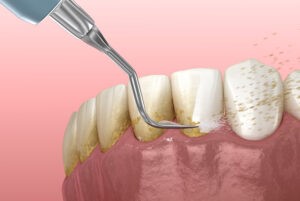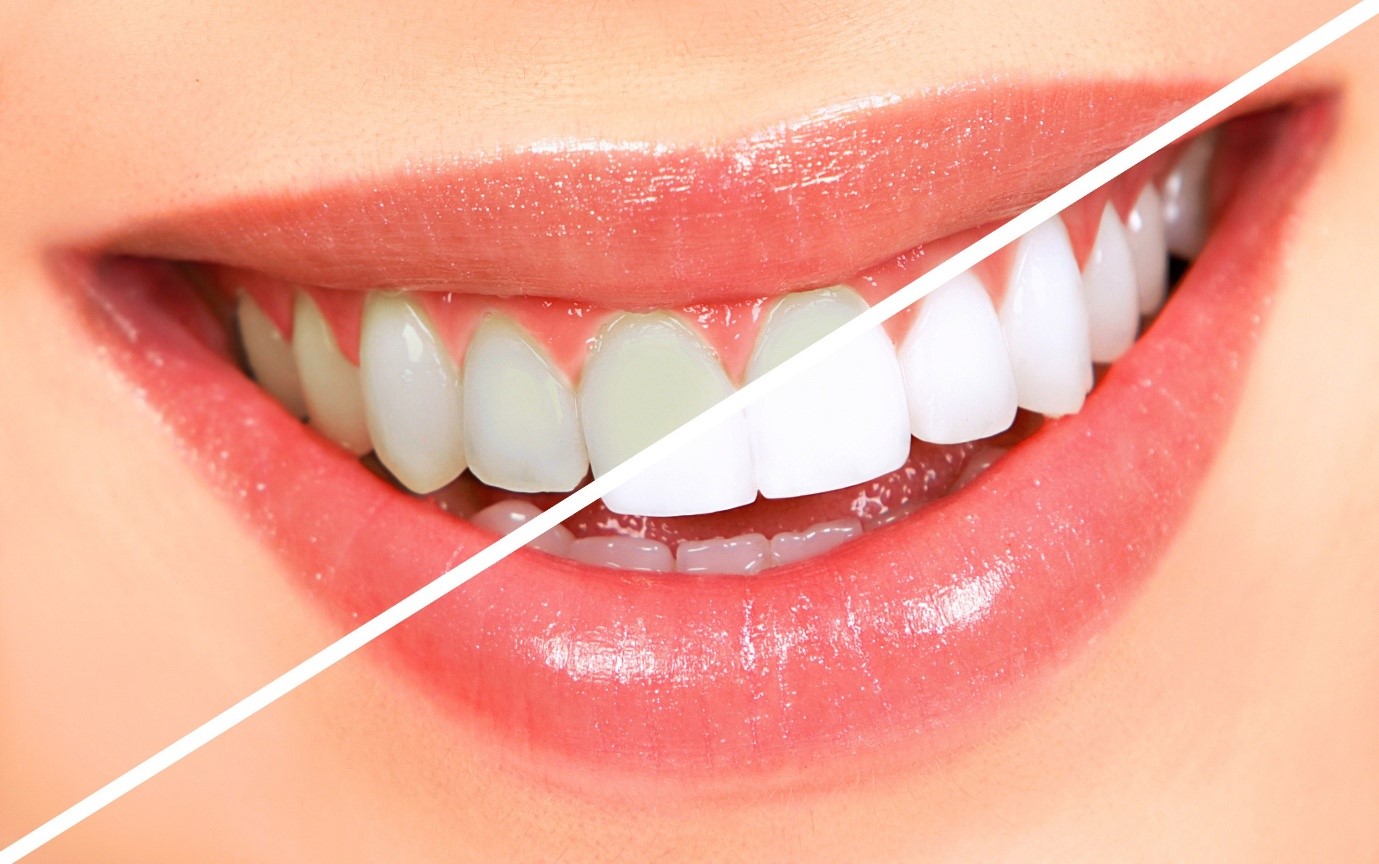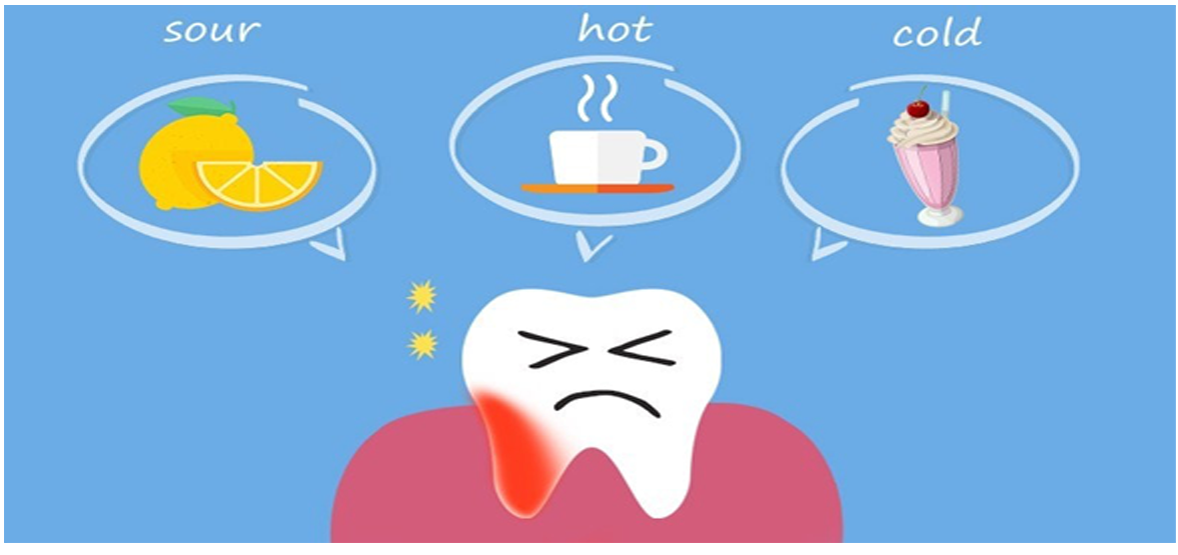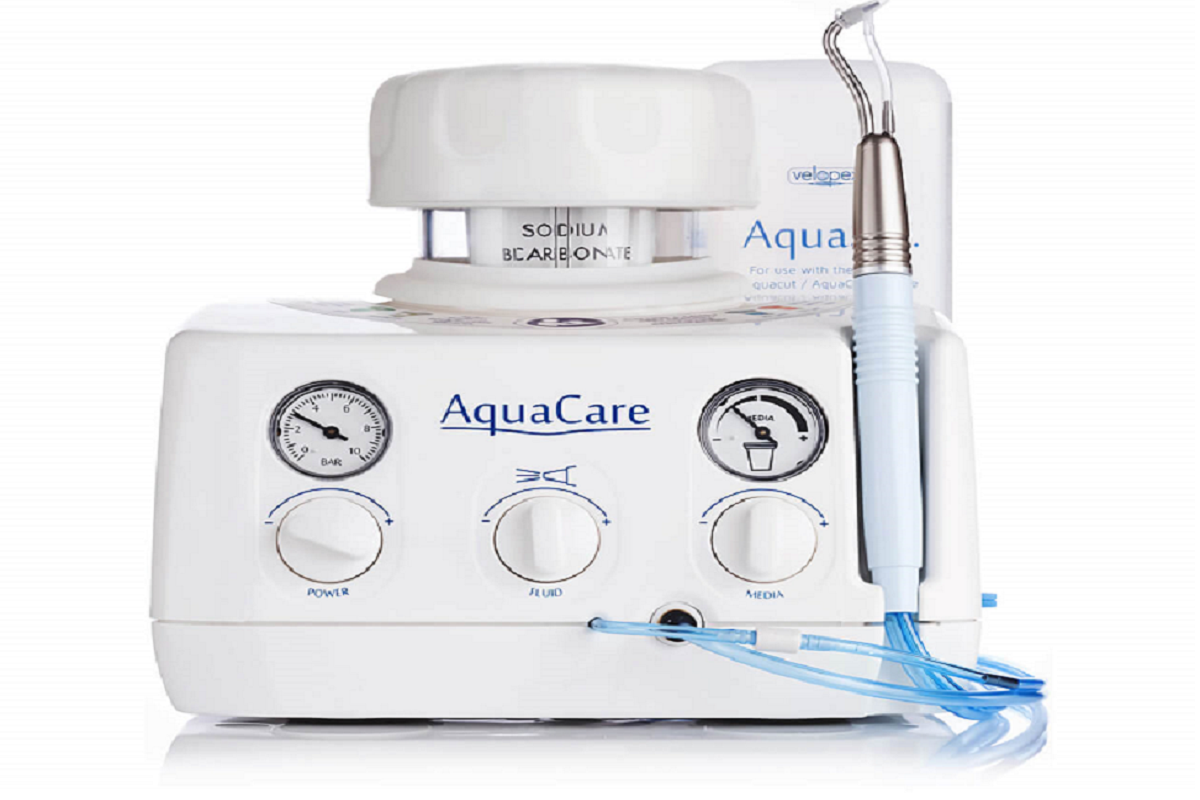Orthodontics is the practice of using specialized appliances to straighten and align teeth. The most common method involves the use of braces, which gradually move teeth into their correct positions. This process includes bonding brackets to the teeth and threading archwires through them. The archwires serve as a guide, helping each tooth shift into proper alignment. Various types of orthodontic braces are available to patients, depending on their needs and preferences.






